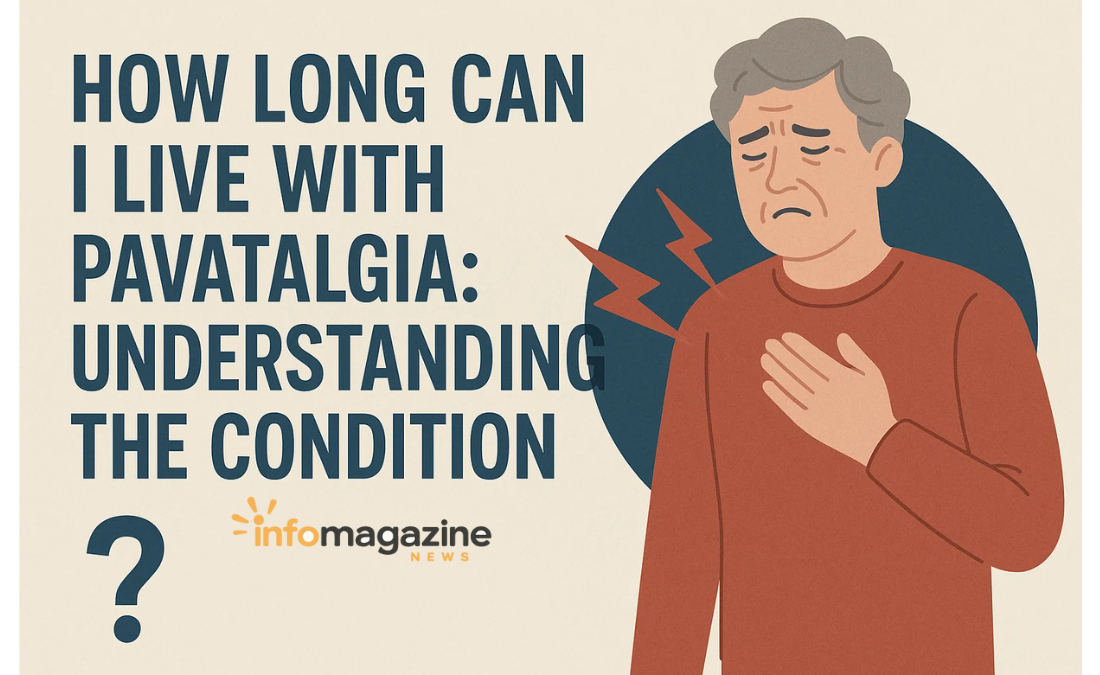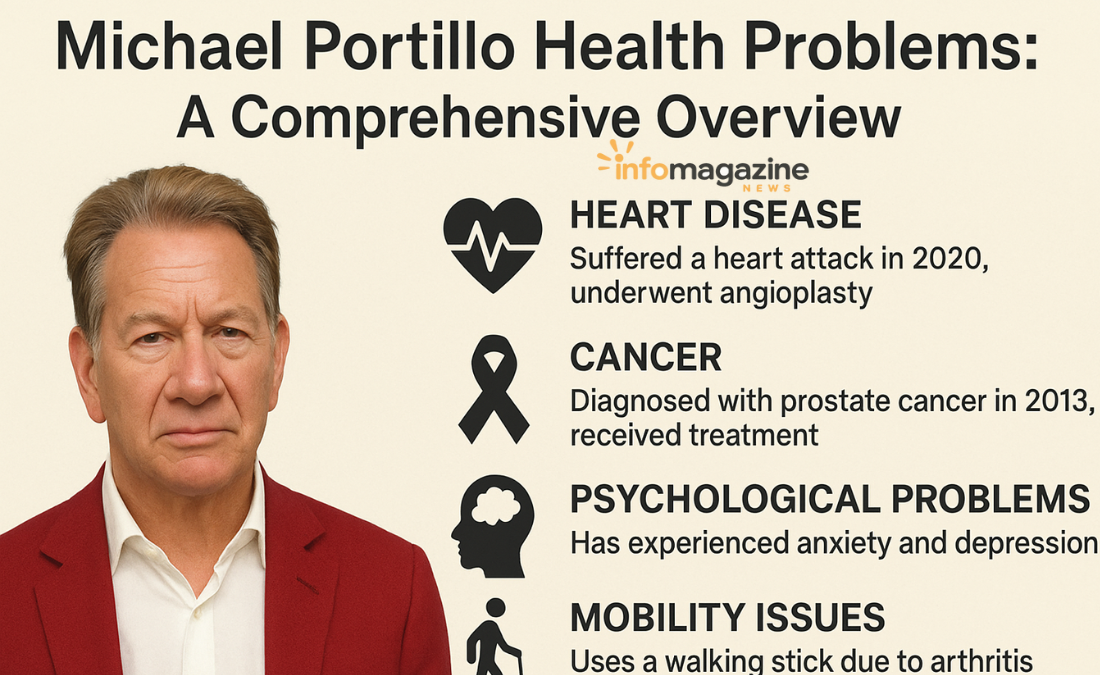Pavatalgia, also known as heel pain or pain in the plantar region of the foot, is a condition that can affect people of all ages. Although often not life-threatening, the discomfort it causes can significantly impact daily life. A common concern for patients is, “how long can I live with pavatalgia?” This article explores the causes, treatment options, lifestyle implications, and prognosis to answer this question in detail.
What is Pavatalgia?
Pavatalgia refers to pain in the heel, often associated with conditions such as plantar fasciitis, heel spurs, or inflammation of the surrounding tissues. It is not a disease in itself but rather a symptom of underlying musculoskeletal or neurological issues. The intensity and duration of pain can vary, ranging from mild discomfort to chronic, debilitating pain.
Understanding the nature of pavatalgia is crucial for managing it effectively. Most cases are not life-threatening, and with proper treatment, patients can continue to live a full and active life.
Causes of Pavatalgia
Several factors contribute to the development of pavatalgia, including:
- Plantar Fasciitis: Inflammation of the plantar fascia, a band of tissue connecting the heel to the toes.
- Heel Spurs: Calcium deposits that form on the underside of the heel bone, often linked to plantar fasciitis.
- Obesity: Excess body weight increases stress on the heel, causing pain.
- Improper Footwear: Shoes that lack proper support can trigger or worsen heel pain.
- Overuse Injuries: Athletes and people who stand for long hours are at higher risk.
- Medical Conditions: Conditions like arthritis, diabetes, or nerve disorders may contribute to heel pain.
By identifying the underlying cause, appropriate treatment can be tailored, improving quality of life and helping answer the question, “how long can I live with pavatalgia?”
Symptoms of Pavatalgia
The main symptom is heel pain, often described as stabbing, burning, or aching. Other common symptoms include:
- Pain that worsens after prolonged standing or walking
- Morning heel pain or stiffness
- Swelling in the heel area
- Difficulty walking or performing daily activities
While pavatalgia can cause discomfort, it is rarely fatal. Understanding the symptoms allows patients to seek timely treatment, which can prevent chronic issues and enhance life expectancy and quality.
Diagnosis of Pavatalgia
A healthcare professional can diagnose pavatalgia using a combination of physical examinations and diagnostic tools:
- Medical History: Assessing the patient’s lifestyle, activity level, and previous injuries.
- Physical Examination: Checking for tenderness, swelling, and range of motion.
- Imaging Tests: X-rays, MRI, or ultrasound may help detect heel spurs or tissue damage.
- Lab Tests: Sometimes necessary to rule out underlying medical conditions like arthritis.
Accurate diagnosis is essential for effective treatment. Early intervention ensures that patients can manage their symptoms and maintain a normal life span, addressing the concern, “how long can I live with pavatalgia?”
Treatment Options for Pavatalgia
Treatment depends on the severity of the condition and the underlying cause. Common treatments include:
Conservative Treatments
- Rest: Reducing activities that exacerbate heel pain.
- Ice Therapy: Applying ice packs to reduce inflammation and swelling.
- Orthotic Devices: Shoe inserts or heel pads to relieve pressure.
- Physical Therapy: Stretching and strengthening exercises for the foot and calf muscles.
- Medication: Non-steroidal anti-inflammatory drugs (NSAIDs) for pain relief.
Advanced Treatments
For chronic or severe pavatalgia, advanced treatments may be necessary:
- Corticosteroid Injections: To reduce inflammation in the affected area.
- Extracorporeal Shock Wave Therapy: Non-invasive treatment to stimulate healing.
- Surgery: Rarely required but may be considered in cases of persistent heel spurs or plantar fascia tears.
Effective treatment significantly improves quality of life, allowing patients to lead normal, healthy lives.

Lifestyle Modifications to Manage Pavatalgia
In addition to medical treatments, lifestyle changes can play a key role in managing pavatalgia:
- Maintain Healthy Weight: Reducing stress on the heel.
- Wear Supportive Footwear: Proper shoes with cushioning and arch support.
- Avoid High-Impact Activities: Limit running or jumping if it worsens pain.
- Stretching Exercises: Regularly stretching the Achilles tendon and plantar fascia.
These modifications not only alleviate pain but also prevent recurrence, enhancing overall well-being and longevity.
Prognosis: How Long Can I Live with Pavatalgia?
The key concern behind the question, “how long can I live with pavatalgia?”, is whether the condition affects life expectancy. The reassuring answer is that pavatalgia is rarely life-threatening. It is a chronic discomfort rather than a fatal illness.
Most patients who follow treatment plans and make appropriate lifestyle changes can live normal, full lives. However, if left untreated, chronic pain can affect mobility, leading to secondary complications such as obesity, poor cardiovascular health, and reduced quality of life.
Ultimately, longevity depends on overall health, adherence to treatment, and lifestyle choices rather than the pavatalgia itself.
Psychological Impact of Pavatalgia
Chronic pain can affect mental health, causing stress, anxiety, or depression. Patients may feel frustrated by limited mobility or disrupted routines. Addressing the psychological aspects through counseling, mindfulness, or support groups can improve coping mechanisms and overall quality of life.
By managing both physical and emotional impacts, patients can continue to live actively and healthily despite pavatalgia.
Preventing Pavatalgia
Prevention is always better than cure. Strategies to prevent pavatalgia include:
- Wearing proper footwear, especially during exercise
- Gradually increasing physical activity to avoid overuse injuries
- Maintaining a healthy weight
- Regular stretching exercises for the feet and calves
- Avoiding prolonged standing on hard surfaces
Preventive measures can minimize the risk of recurrence and long-term discomfort.
Conclusion: Living with Pavatalgia
In conclusion, the question “how long can I live with pavatalgia?” should be understood in the context of quality of life rather than life expectancy. Pavatalgia, while painful and sometimes chronic, is not fatal. With early diagnosis, effective treatment, lifestyle modifications, and preventive strategies, patients can manage symptoms effectively and continue to lead normal, active lives.
Understanding the causes, seeking medical attention, and following a comprehensive management plan are the keys to ensuring that pavatalgia does not interfere with longevity or overall health.




